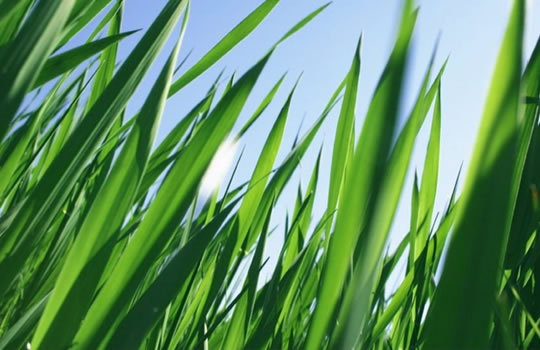 Acording the PlasticsEurope yearly analysis Plastics - the facts 2010, the three EU Member States Belgium, Germany and Sweden all achieve high recycling rates for plastics packaging through different systems.
Acording the PlasticsEurope yearly analysis Plastics - the facts 2010, the three EU Member States Belgium, Germany and Sweden all achieve high recycling rates for plastics packaging through different systems. However there are also some common features. First of all they have invested more than others to inform, motivate and stimulate recycling. They started also early and have all uniform national systems for collection of plastic packaging (e.g. “blue bags” in Belgium). Their national legislation discourages landfill and promotes recycling and energy recovery.
When comparing the three countries there are some important differences. Concerning household packaging, Belgium concentrates on bottles only and collects plastics bottles, metal cans and beverage cartons in the same blue bag in a uniform, national, kerb side scheme. Germany collects all plastics packaging from households including bottles, rigid packaging and films in mainly kerb side collection. Sweden uses bring stations for all plastics packaging and some kerb side collection for households.
Whilst Germany has nine different “green dot schemes”, Belgium only uses one national scheme for household packaging. In Sweden and Germany new competing systems are challenging the original national scheme for all packaging materials.

In Sweden, the commercial film stream has no national collection scheme and no green dot fee as it is fully self-sufficient and still reaches high recycling rates. In Belgium, VAL-I-PAC is the system for industrial packaging, with specific recycling incentives for those unpacking to increase the recycling of industrial plastic packaging waste. In Germany packers and fillers can adhere for instance to a system that allows their clients to return the plastic packaging free of charge to a collection point.
The collected plastic packaging from households is transported to plastics recovery facilities (PRF) in Sweden and Germany designed to deal with a mixed plastics stream. In Belgium the sorting takes place in a material recovery facility (MRF) designed to sort the components of the blue bag. Depending on the material which is collected, and the infrastructure of the sorting centres, each organization has its own mix of secondary raw materials which are sold.
Other organizations sell the material by tendering to recyclers and in this way take an active role within the market. This is the case for household packaging in some countries. A third model used in many countries is based on agreements and financial support, without being involved as a buyer or seller.
From the above we can see that how to collect, what to collect and how to refine the collected stream is very different in the three countries – and still they all achieve between 40 and 44% recycling rate. The conclusion is therefore that there is “not one solution fits all”. The winning formula is to develop a system tailored to the national legislation, the packaging mix present and the business culture; combined with a joined up infrastructure of collection, sorting and reprocessing and thorough and repetitive communication to citizens.




